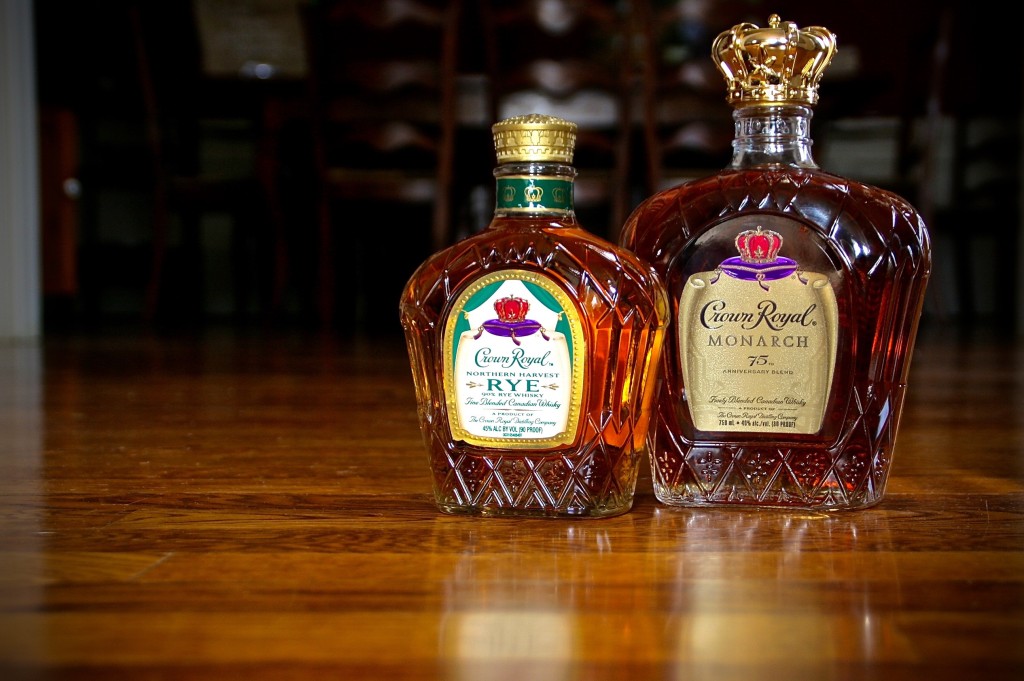
I’ll admit it. I wrote off Crown Royal long ago. I wouldn’t quite turn the stuff down, but seek it out? No chance. That cheesy purple velvet bag? That ostentatious golden crown? The fact that they have a “Regal Apple” apple flavored whisky? The fact that they’re from Canada!? But I also have to admit… Jim Murray’s absurd proclamation caught my eye.
What proclamation you may ask? (unless you’re a hardcore whisky geek, in which case you already know where this is going.) Well, Jim Murray is pretty widely regarded as a leading expert in the world of whisky. He is also well-known for making attention-mongering proclamations. And this year, it was his surely-intentionally-shocking singling out of Crown Royal Northern Harvest Rye as “World Whisky of the Year” that mongered attention. That’s right. A Canadian rye. From Crown Royal. World Whisky of the Year. Beating out Scotland and America and every other country that is not the home of poutine. Now, I had no expectation that this particular Canadian whisky was really the world’s best anything, but I was intrigued enough that I had to try it. Jim Murray’s shenanigans got my attention.
Being Crown Royal, the Northern Harvest Rye is widely available, and if not quite jumping off the shelves, selling at a pretty good clip thanks to the publicity. Its understated beige velvet bag is a nicely subdued alternative to the regal purple found wrapping up regular Crown Royal. And Murray’s proclamation wasn’t totally undeserved based on other industry insiders’ reviews – the Crown Royal Northern Harvest Rye also recently earned a Gold Medal and an Award of Excellence (no idea what that means) at the Canadian Whisky Awards. (The competition’s overall winner was Lot 40 Rye Whisky, of which I’m a fan.)
I also started digging a bit more into what Crown Royal was up to, and – amid the furor over Murray’s news – found several folks in-the-know singling out Crown Royal’s limited 75th Anniversary release called Monarch as an even better whisky. Sure enough, come December (yes, I’m behind on writing this up), Whisky Advocate named the Crown Royal Monarch as their Canadian Whisky of the Year. The Monarch, which actually first came out back in 2014, also won a Gold Medal at that year’s Canadian Whisky Awards. The only problem was – the Monarch (unlike the Northern Harvest Rye) was in very low supply and hard to track down. Luckily, I stumbled upon some bottles while I was on vacation – at a bargain price ($40) to boot.
So, how are they? Is the Northern Harvest Rye really a world-beater? Is the Monarch enough to change your perceptions of Crown Royal forever? On to the review and tasting notes…
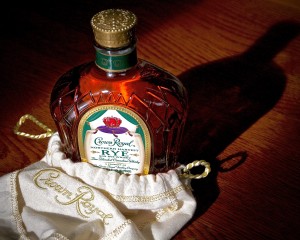 Crown Royal Northern Harvest Rye, Blended Canadian Whisky
Crown Royal Northern Harvest Rye, Blended Canadian Whisky
90 Proof, Approx. $30 Retail (though I’ve seen everything from $25 – $50)
Tasting Dates: Dec. 2015 – Jan. 20, 2016
Thirsty South Rating: Good Stuff
OK, Jim Murray. This is a fine rye. A fine example of Canadian rye. But “World Whiskey of the Year”? Give me a break.
First off – what exactly is this? Crown Royal says it is 90% rye. Canadian winter rye at that. The same rye that is a blending component in regular Crown Royal. How long is it aged? I have no idea. They’re not saying.
Now to the nose – which has a touch of wood, a bit of trademark rye sharpness, a touch of minty wintergreen, a bit of clove, and then a very prominent fruity note that reminds me of strawberries that have been sitting in balsamic – both bright and deep. In a similar vein, hints of Beaujolais-like notes pop in and out – fruity, juicy stuff. This is definitely not bourbon, and definitely not a typical (MGP) American rye, either.
On the palate – this Crown Royal stands apart from the regular stuff, though it does carry a similar thick and smooth mouthfeel. As some Canadian ryes tend to be, it is quite fruity, though the wood and cinnamon notes are more pronounced now than they were on the nose, as the mint fades to the background. The finish, to me, is a bit shorter and sharper than I’d like to see, especially given the Crown Royal pedigree. That said, it doesn’t feel either too young or too old, managing to convey a good bit of depth without going overboard.
A touch of water does nicely, bringing out some caramel and pulling the disjointed sharpness back into check. Ice makes it smoother and sweeter still, though interestingly brings out some dill notes on the nose, too, that some may find bothersome. Personally, I’d skip the ice – as it manages to call out the sharpness in the finish in an unpleasant way, and amps up that balsamic sweetness at the same time.
As for its use in cocktails, I find the Northern Harvest Rye to be a bit too… peculiar, in a distracting way. The fruitiness in particular detracts in a Manhattan, though I’m sure a good bartender could figure out a better use for this Canadian rye. And, if you can find this for $30, I do think it’s worth giving a shot to experience an interesting (if not world’s-best) Canadian rye.
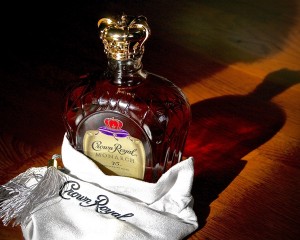 Crown Royal Monarch, 75th Anniversary Blended Canadian Whiskey
Crown Royal Monarch, 75th Anniversary Blended Canadian Whiskey
80 Proof, Approx. $60 Retail (though I’ve seen everything from $40 – $70)
Tasting Dates: Jan. 1 – Jan. 20, 2016
Thirsty South Rating: Excellent
This limited release was meant to harken back to some of the early versions of Crown Royal. Crown Royal pulled from their stocks of aged whisky – “including a special whisky from the historic Coffey rye still, residing in Gimli, Manitoba.”
Again, no age statement or particulars. So it’s up to the tasting. On the nose, this is clearly an older, more elegant expression of what Crown Royal can be. There’s a bit of dark oak, and a prominent nutty character mixed with baking spaces – think pecan and nutmeg -with a hint of burnt orange peel. Lovely stuff.
On the palate, now this is getting really good – layers and layers of flavor, rolling over and over on the tongue. The nutty notes are dialed down from the nose, the dark brown sugar is there but very much in the background, and a toasty grain character (less rye than barley or even wheat to me) comes through, especially in the warm, long finish. There’s certainly rye in there, but it pops up in spots rather than dominating the taste. And there’s a dark berry fruitiness as well, but not nearly as prominent as in the Northern Harvest Rye. This is blended whisky done right.
Water? No. Doesn’t need it. Ice? Well, now this is interesting. Add a cube or two of ice and this starts to really loosen up, reminiscent of an orange blossom sweet tea on a hot day – smooth and refreshing. If you want to be contemplative, stick with a neat pour. If you want something deeply enjoyable, add some ice to make for a guilty pleasure. This is, to my tastes, leagues above that “world whisky of the year” – so if you can find a bottle, grab it. I wish I had taken more than the one bottle I did. But I bet Crown Royal will continue to offer some similarly interesting expressions over the years to come. I’ll be watching.
*******************************
* Thirsty South Rating Scale:
Wow – among the very best: knock-your-socks-off, profound, complex liquid gold!
Excellent – exceptional in quality and character, worth seeking out, highly recommended
Good Stuff – solid expression of its type/varietal, enjoyable and recommended
Fair – fairly standard or exhibiting obvious though minor flaws
Avoid – move away folks, nothing to see here, a trainwreck
Full Disclosure: Tasting sample of the Northern Harvest Rye was provided by Crown Royal.
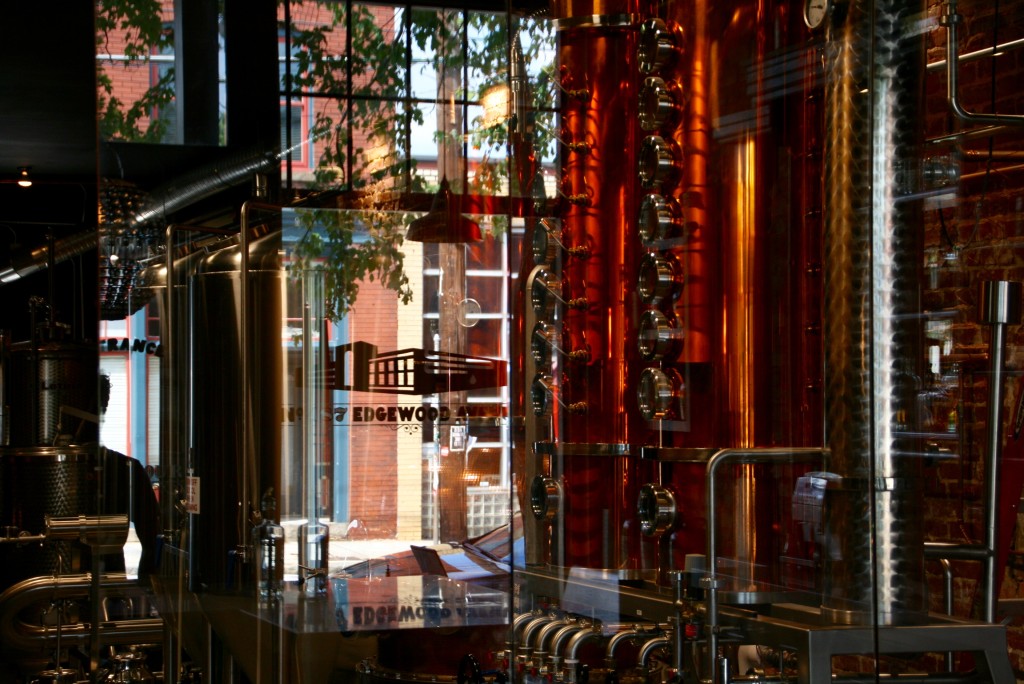

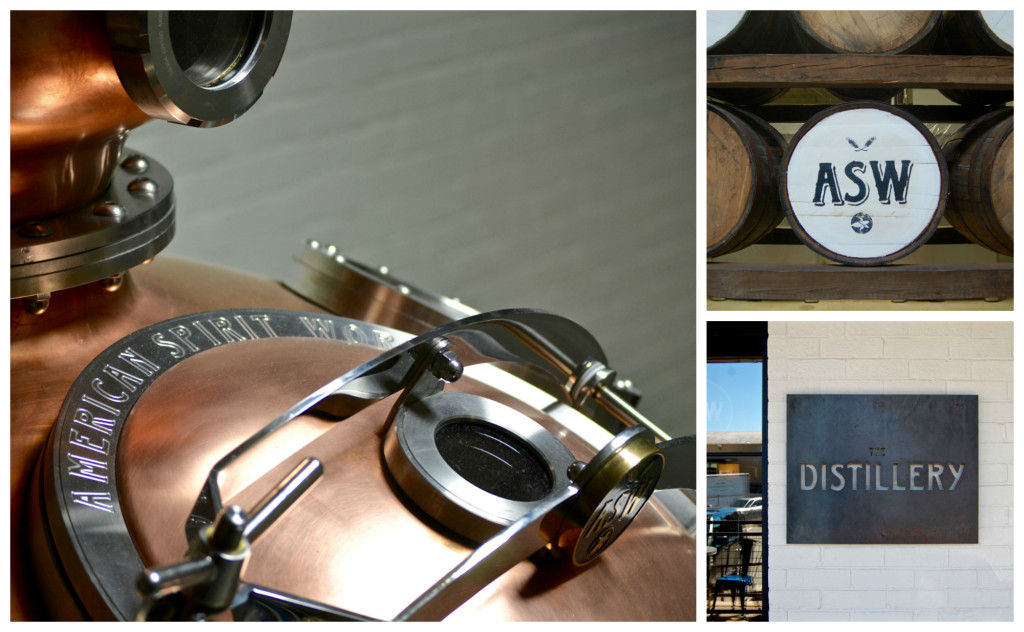
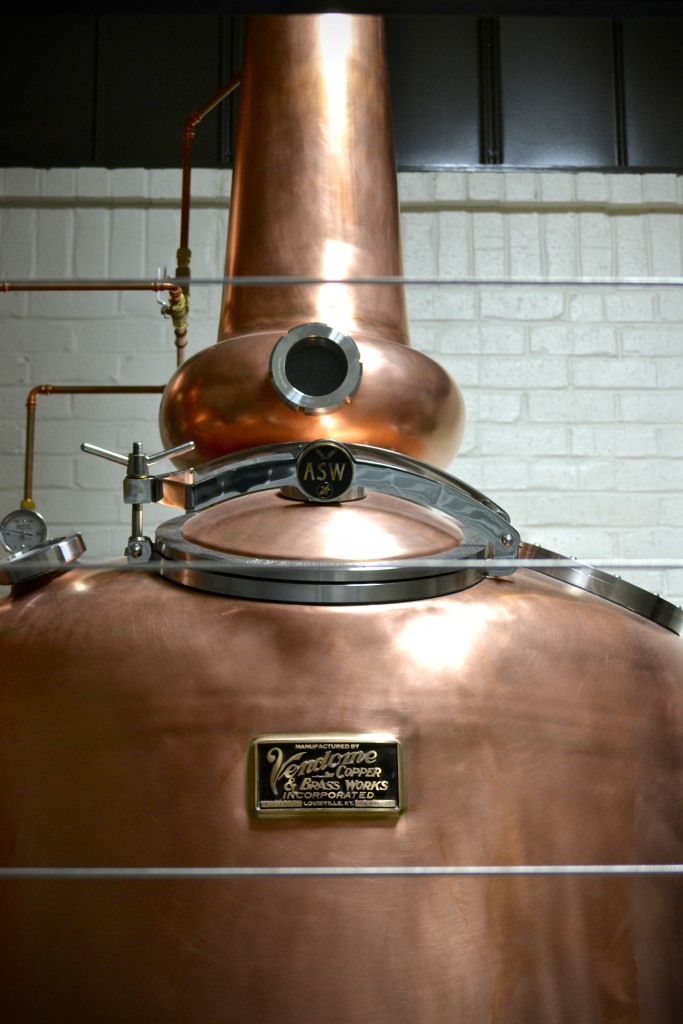
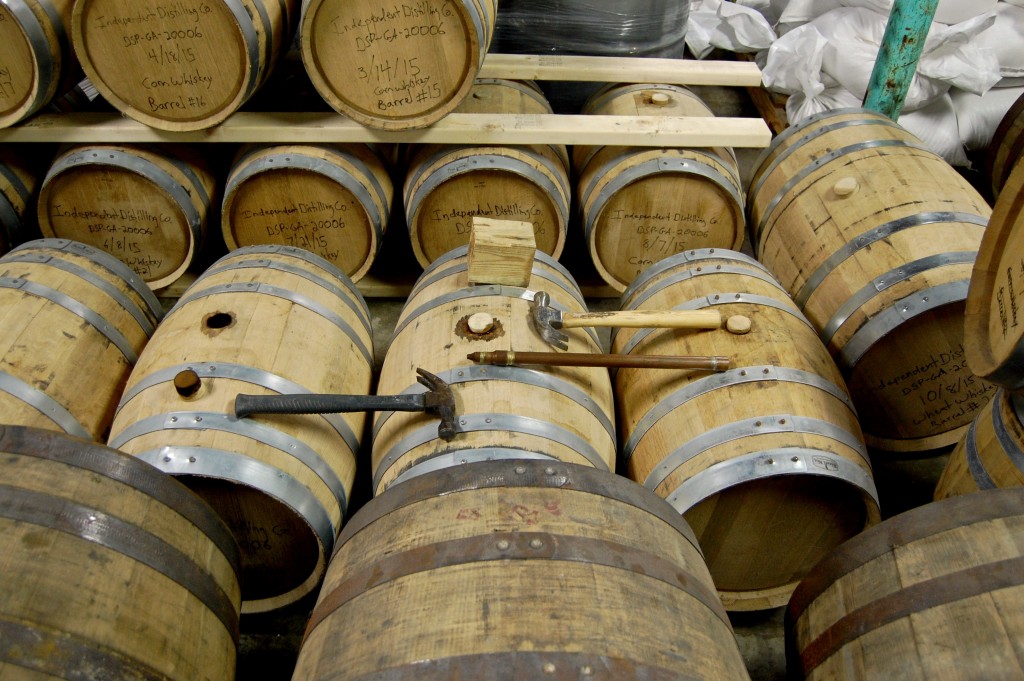

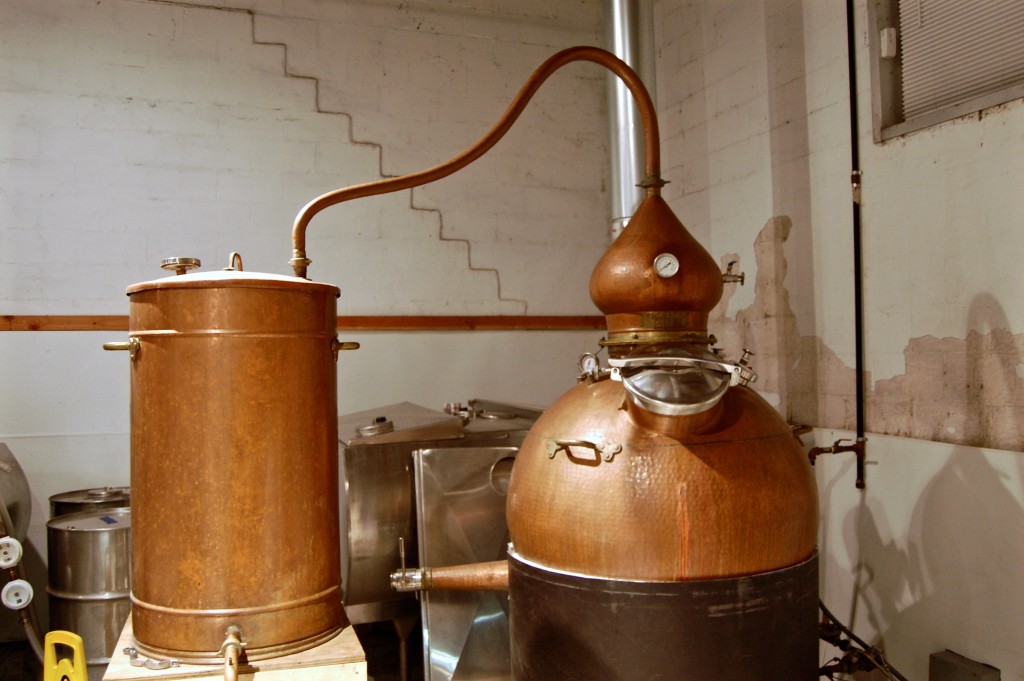
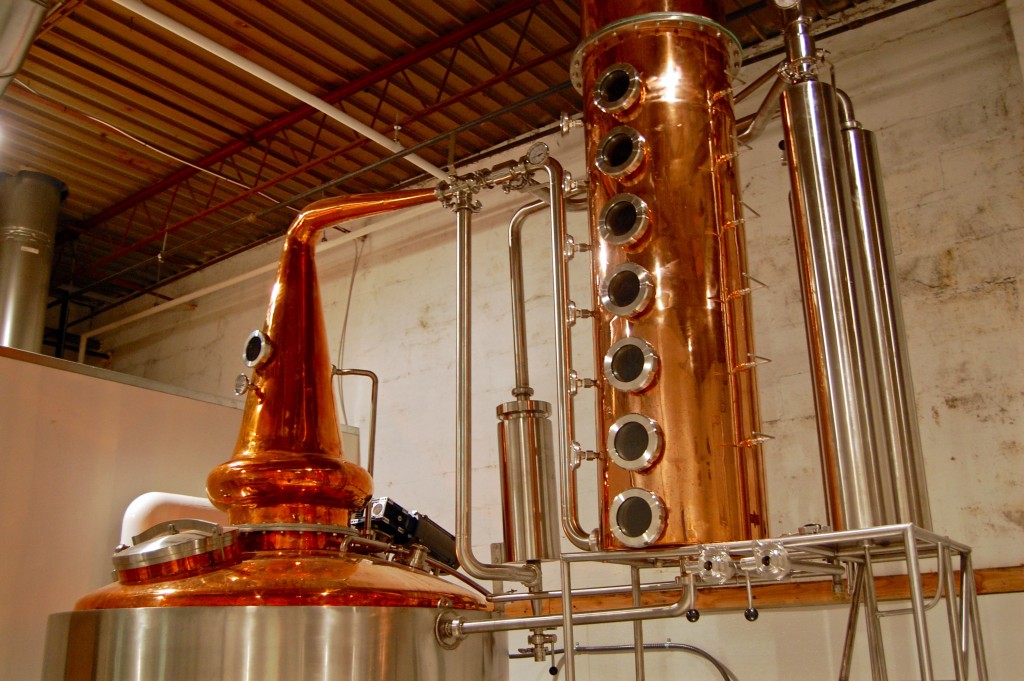
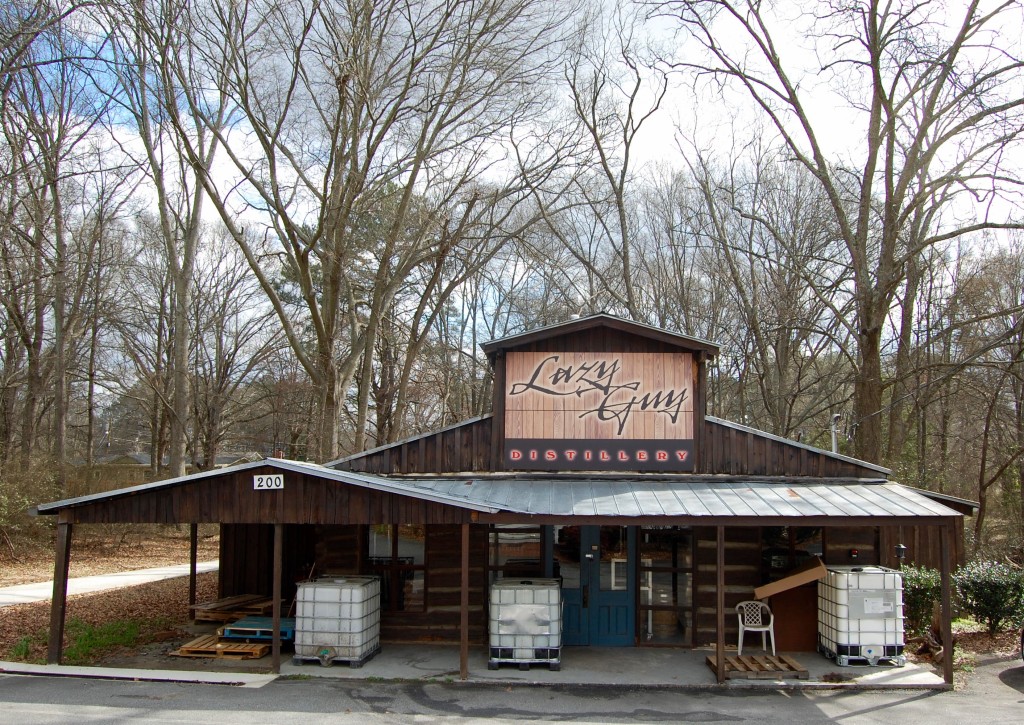
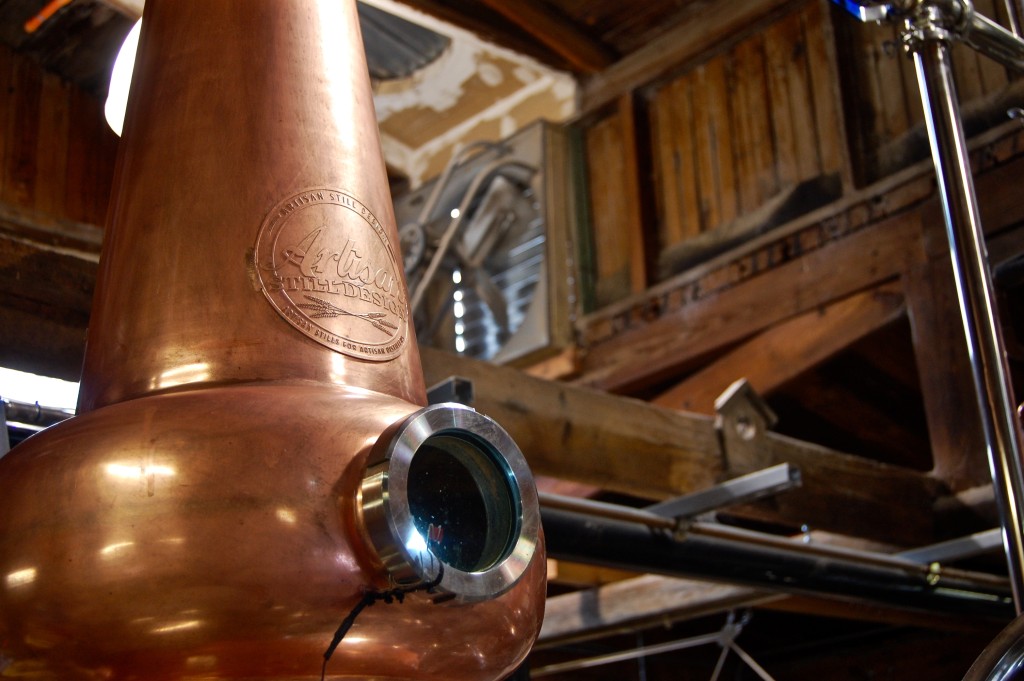
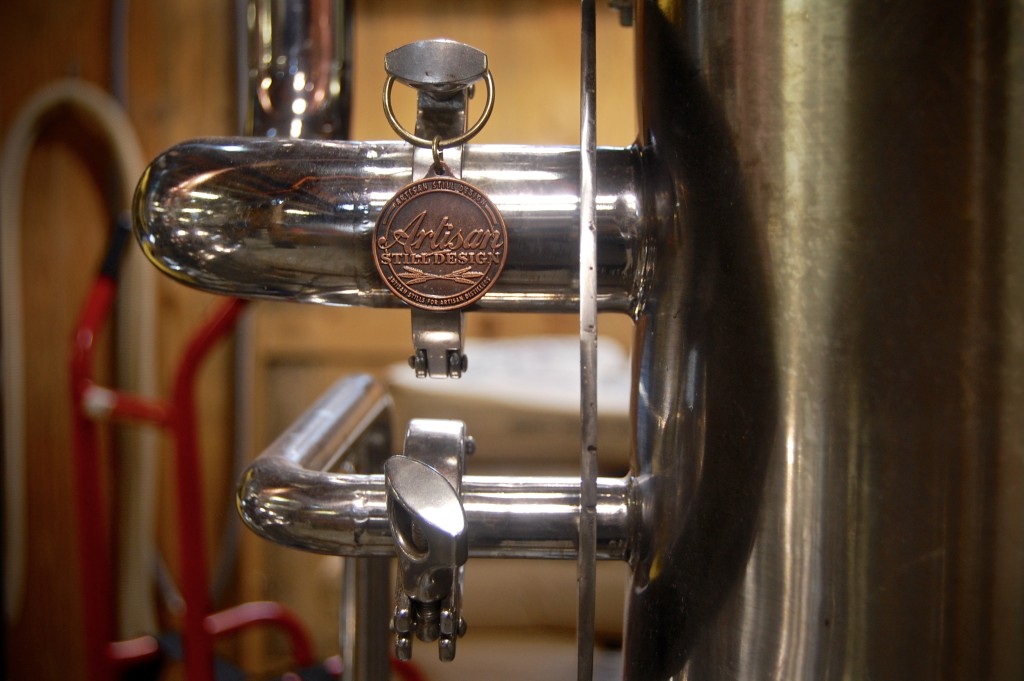
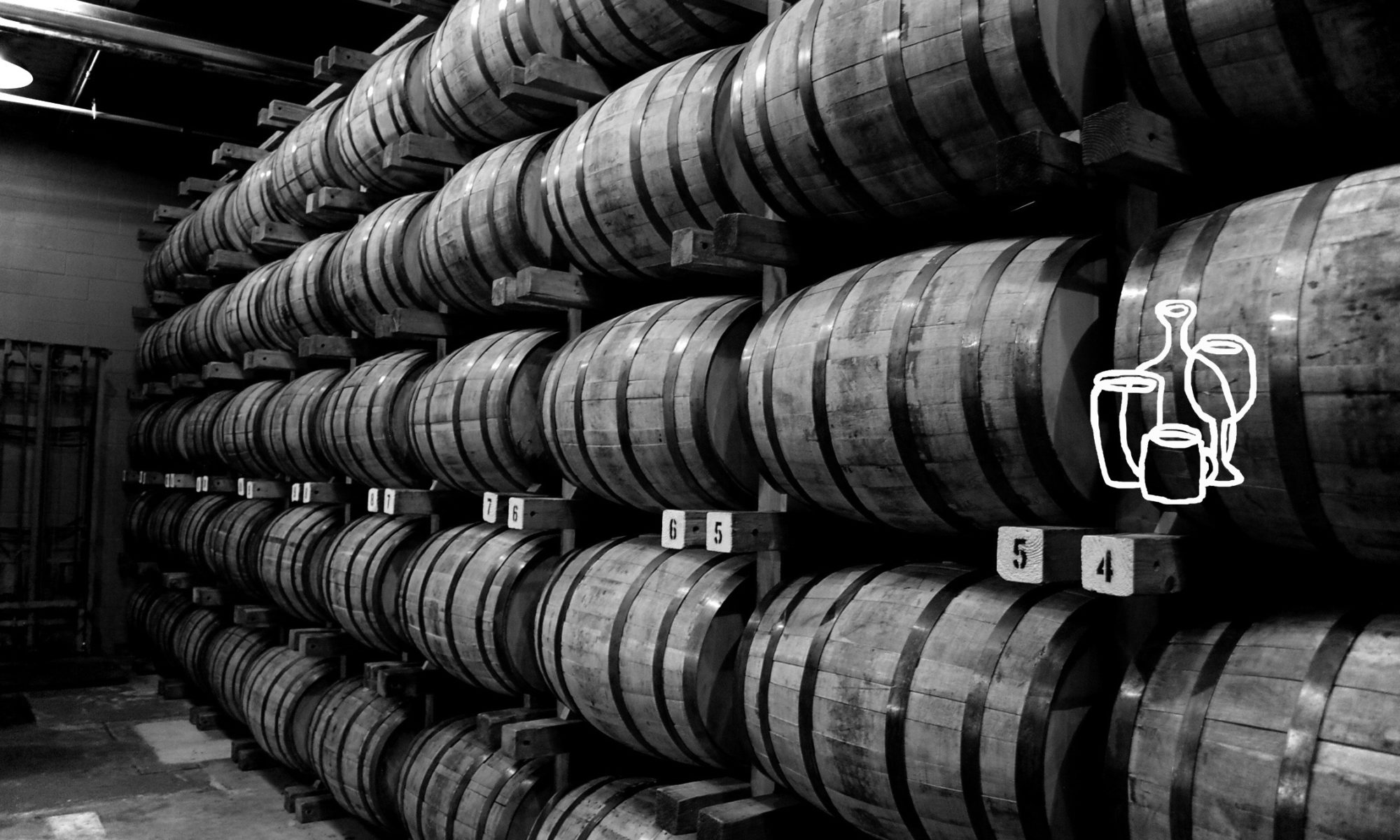
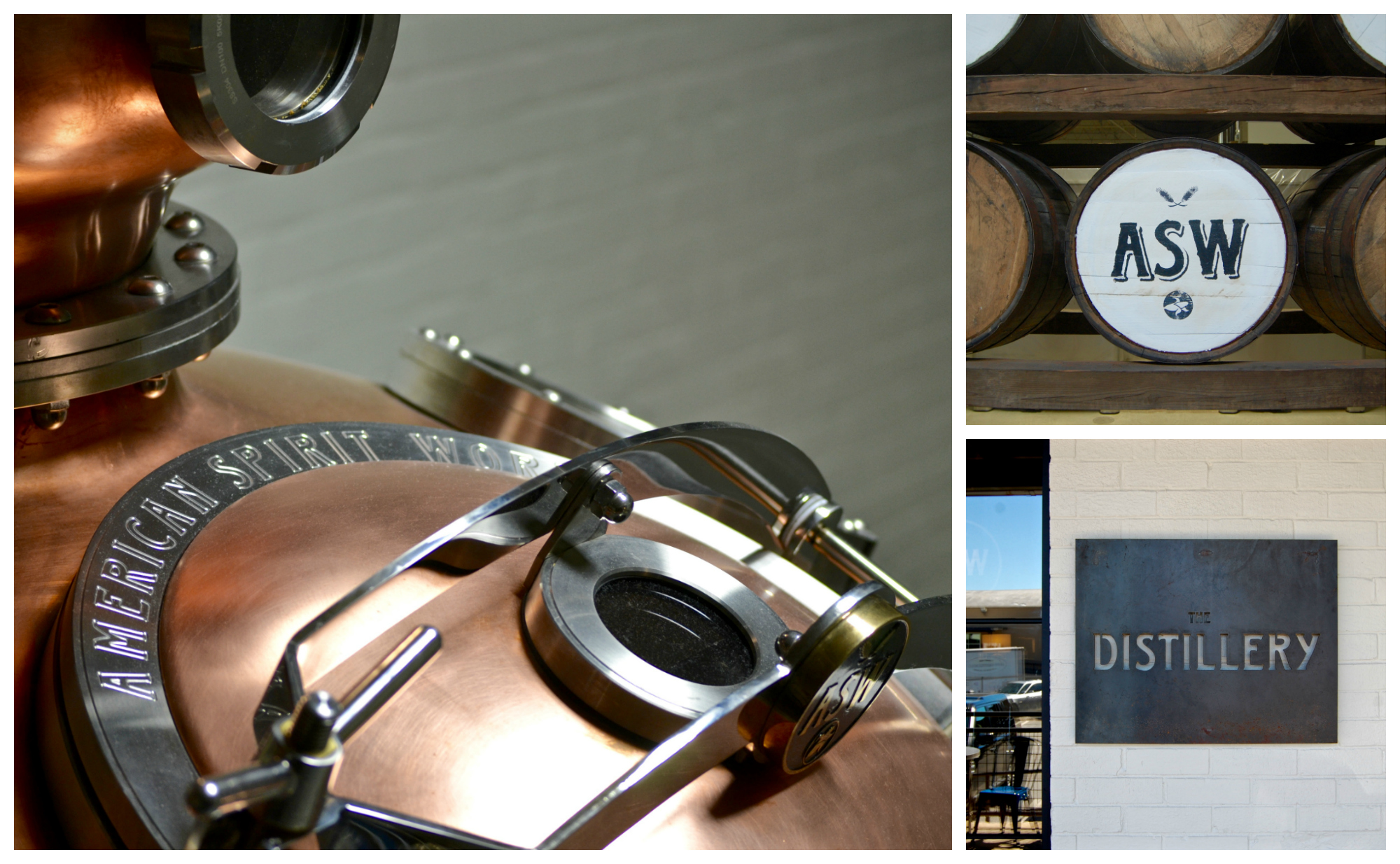
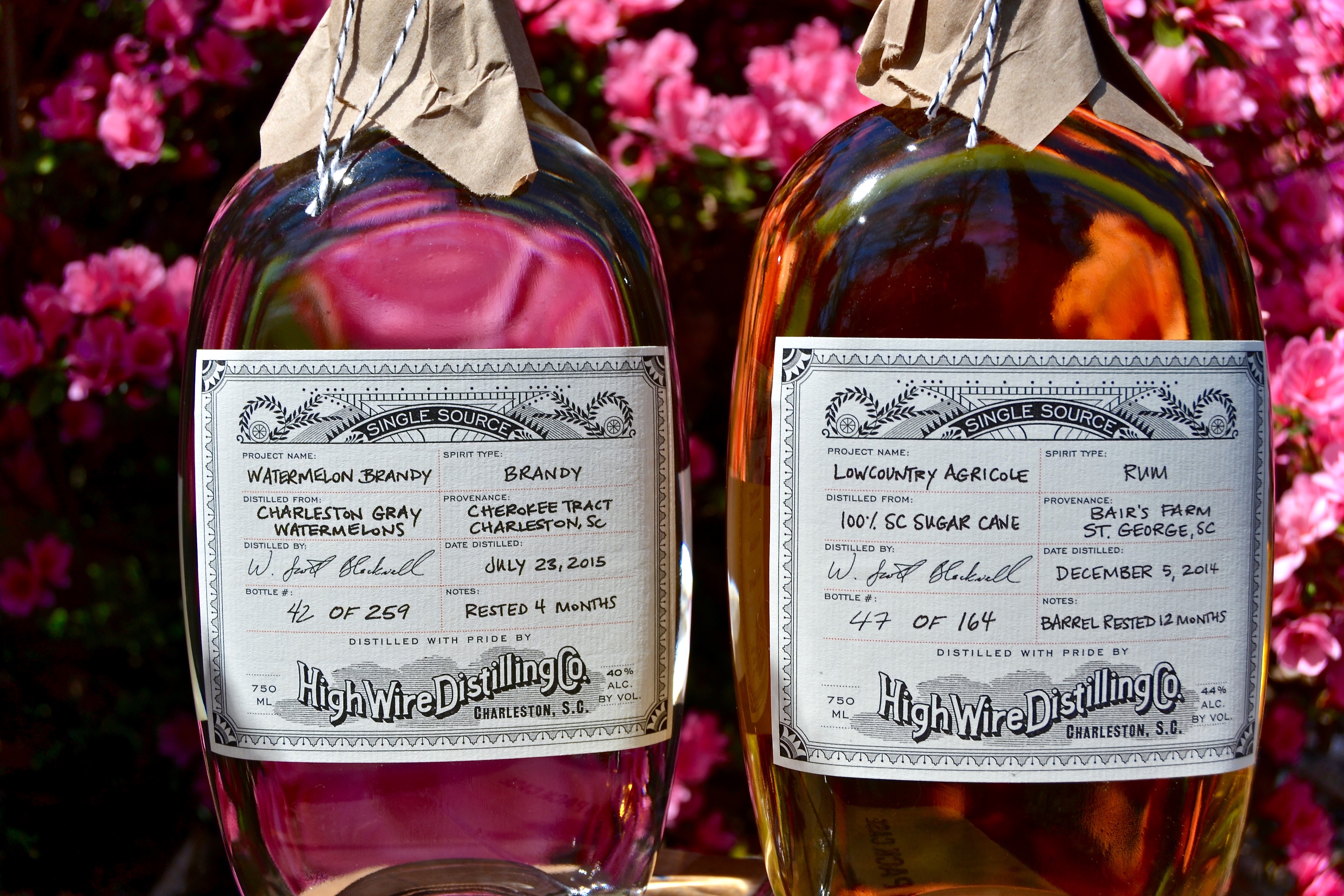
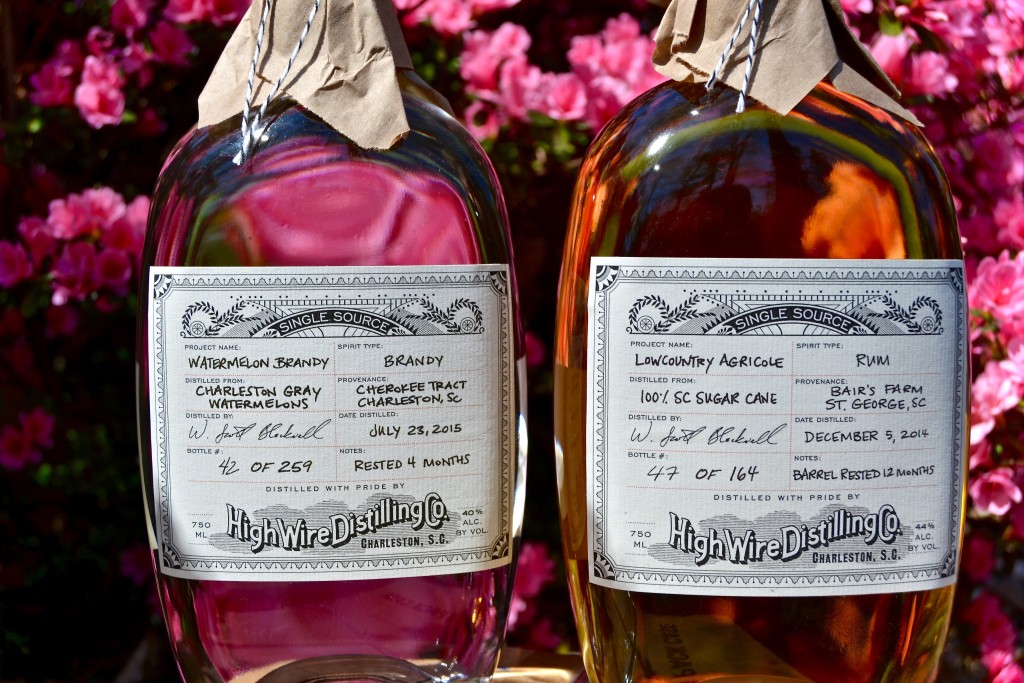


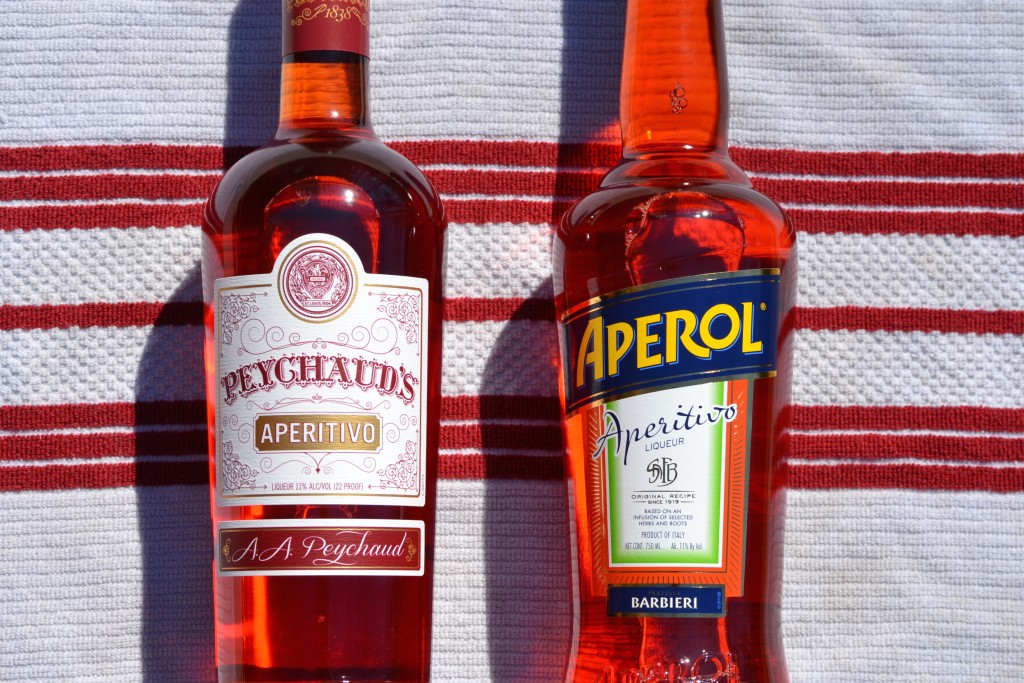

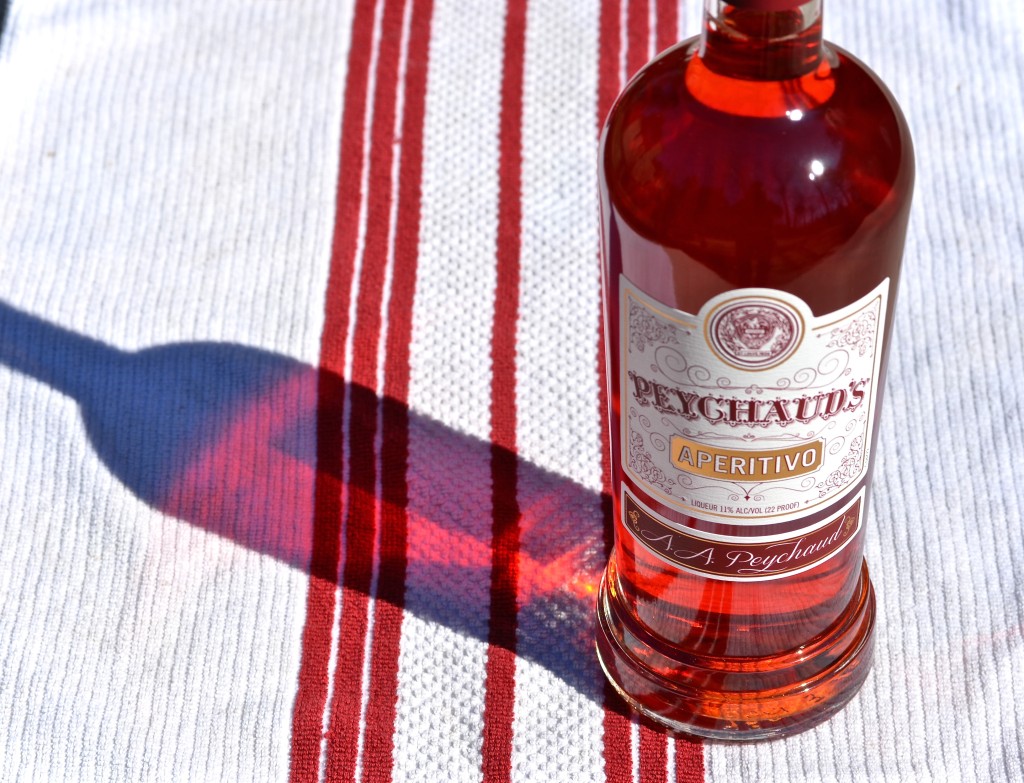

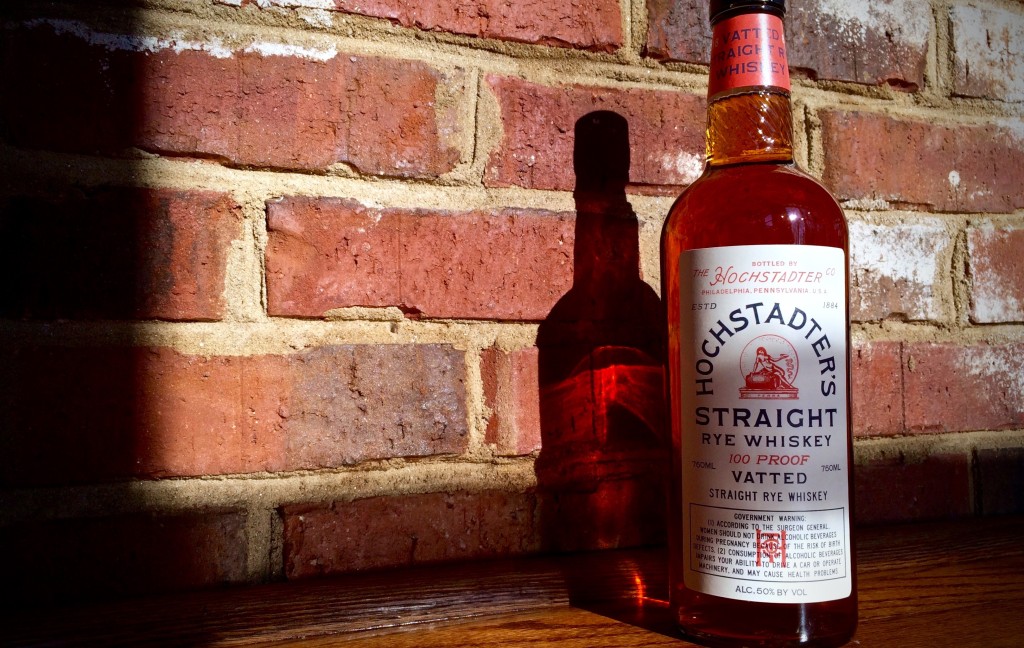
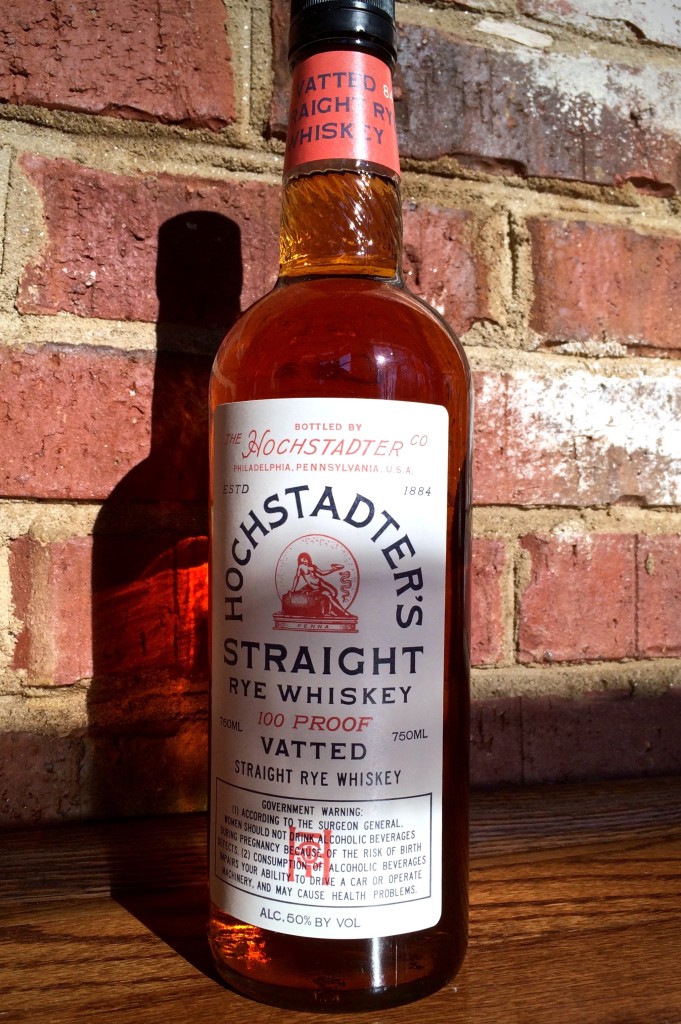 Hochstadter’s Vatted Straight Rye Whiskey
Hochstadter’s Vatted Straight Rye Whiskey

 Crown Royal Northern Harvest Rye, Blended Canadian Whisky
Crown Royal Northern Harvest Rye, Blended Canadian Whisky Crown Royal Monarch, 75th Anniversary Blended Canadian Whiskey
Crown Royal Monarch, 75th Anniversary Blended Canadian Whiskey